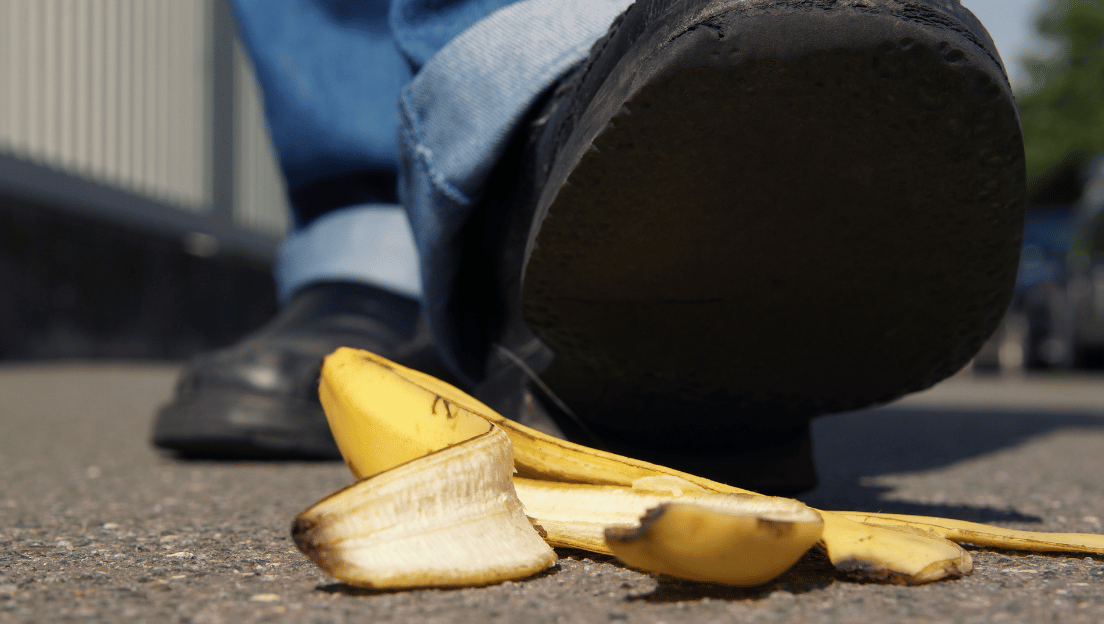Workplace injuries are more common than many people realize, affecting employees across all industries, from bustling warehouses to quiet corporate offices. While the severity of injuries can range from minor to life-altering, they all have one thing in common: disruption. Injuries can lead to lost productivity, costly medical bills, and long-term personal and professional setbacks.
Understanding the most frequent types of injuries and how to prevent them is important for employers and employees alike. A safer workplace isn’t just good practice, it’s a proactive approach to protecting lives, livelihoods, and well-being.
Why Prevention Matters
Despite best efforts, not all accidents can be prevented. When injury strikes, it’s critical to know your rights and next steps. Workers’ compensation may be available, but not all claims are straightforward. Factors like employer negligence, unsafe conditions, or denial of benefits can complicate the recovery process. That’s where legal support becomes vital. Whether you’re pursuing compensation or protecting your job after an injury, getting legal guidance from Commonwealth Law Group or another experienced firm ensures that your rights are upheld and your case is managed with expertise. Legal professionals can help you understand what you’re entitled to, avoid common claim mistakes, and advocate for a fair outcome when the employer or insurer isn’t cooperative.
Still, the best case is avoiding injury altogether. The first step toward prevention is understanding what typically goes wrong.
Slips, Trips, and Falls
Slips, trips, and falls are among the most frequently reported workplace injuries. They can occur in nearly any setting, wet floors in a restaurant, loose cords in an office, or uneven surfaces on a construction site. These incidents can lead to sprains, fractures, head injuries, and even spinal damage.
To reduce these risks, employers should establish regular housekeeping protocols, post clear signage in slippery areas, and ensure that workspaces are free of unnecessary clutter. Employees should wear appropriate footwear and report hazards immediately.
Proper lighting, secure handrails, and anti-slip mats make a significant difference in reducing the chances of falls, particularly in high-traffic or multi-level workplaces.
Overexertion and Repetitive Strain
Overexertion injuries are common in jobs that involve heavy lifting, repetitive motion, or prolonged physical labor. These injuries often manifest as strains, sprains, or chronic conditions affecting the muscles, tendons, or joints. Office workers aren’t immune either; poor ergonomics can lead to carpal tunnel syndrome, back pain, and eye strain.
Preventative strategies include ergonomic assessments, proper lifting techniques, and task rotation to minimize repetitive stress. Training sessions on body mechanics and the use of assistive equipment, like lifting belts or adjustable desks, can empower employees to protect themselves.
Encouraging regular breaks, hydration, and stretching supports physical resilience and reduces the cumulative toll of repetitive work.

Contact With Equipment or Objects
In industrial and manufacturing settings, injuries caused by contact with machinery, tools, or heavy objects are all too common. These incidents can result in severe cuts, crushed limbs, or even amputations. Even in office environments, falling equipment or storage mishaps can cause head injuries or broken bones.
The key to prevention is comprehensive training, proper use of personal protective equipment (PPE), and strict adherence to safety procedures. Lockout/tagout systems, machine guards, and emergency shutoffs are important for minimizing machinery-related risks.
Employers should conduct regular inspections to ensure that all tools and equipment meet safety standards and that employees know how to report and respond to hazards immediately.
Falls From Height
Working from ladders, scaffolding, or elevated platforms carries inherent risk. Falls from height are often catastrophic, leading to serious injuries or death. This category of accidents is particularly prevalent in construction, roofing, and utility work, but can occur in warehouses and even retail stores.
Fall prevention starts with proper training and certification. Workers should always use harnesses, guardrails, and other fall protection systems as required. Employers must ensure that equipment is regularly maintained and that all elevated workstations meet OSHA standards.
Creating a culture of safety around elevation work and not cutting corners for speed can dramatically reduce the risk of tragedy.
Exposure to Harmful Substances
From chemical burns to respiratory illness, exposure to hazardous substances is a serious concern in laboratories, industrial sites, and even some service-sector jobs. These risks may not always be visible, but their effects can be lasting and severe.
Employers must provide clear labeling, storage protocols, and usage instructions for any dangerous materials. Ventilation systems, spill containment plans, and access to safety data sheets (SDS) are key elements of compliance and protection.
Employees should be trained to identify substances, understand emergency procedures, and use PPE like gloves, goggles, or respirators when necessary. Regular safety drills can help ensure that everyone knows how to react in case of exposure or contamination.
Workplace injuries are often preventable, but prevention requires awareness, training, and accountability. From common falls to dangerous exposures, understanding how and why these injuries happen is the first step toward safer, healthier work environments. And when injuries do occur, having the right support, from your employer, your health providers, and if needed, your legal team, makes all the difference. Safety is not a one-time effort; it’s an ongoing commitment that protects people and strengthens organizations.




